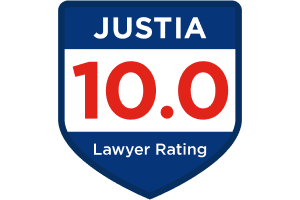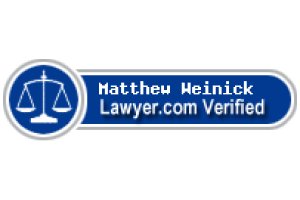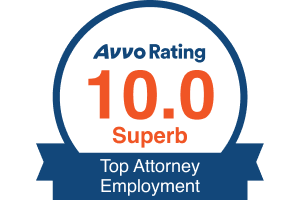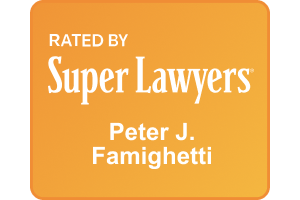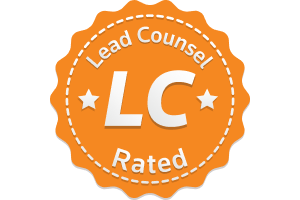- Free Consultation: (631) 352-0050 Tap Here to Call Us
Workplace Safety Issues
Workplace safety is of paramount importance. Employees who are injured in the workplace risk disabling injuries which could prevent them from earning a living in the future. Lawsuits arising from workplace injuries could devastate businesses. Today’s Long Island employment law blog discusses workplace safety laws.
OSHA and Federal Workplace Safety Agencies
The Occupational Safety and Health Administration (OSHA) protects workers and ensures they are working under safe working conditions. In response to workplace safety complaints, OSHA is tasked with inspecting work sites. Employers, contractors, or work site owners who fail to comply with OSHA’s safety regulations, may receive hefty fines, loss of licensing, and even a lawsuit.
On December 18, 2017, the highest federal appellate court in New York, decided whether OSHA was allowed to issue citations to a sand and gravel operation facility for not complying with OSHA safety standards.
In Secretary of Labor v. Cranesville Aggregate Companies, Inc., OSHA inspected Cranesville’s “Bag Plant” after an employee complained about several health and safety hazards. Cranesville owns a large piece of property that contains a sand and gravel mine and several other buildings. Two of the buildings make up the Bag Plant and is where the sand is bagged and prepared for shipment. OSHA found that Cranesville was indeed in violation of several standards including the unsafe operation of forklifts, electrical hazards, a non-compliant ladder, unguarded elevated platforms, lack of protective equipment for workers, and other general issues. As a result, OSHA issued Cranesville six citations.
The main issue in the case was whether OSHA had authority to issue the citations instead of the Mine Safety and Health Administration (MSHA). Cranesville argued that MSHA had authority over the alleged workplace violations and not OSHA because it was more of a mine operation facility. An Administrative Law Judge (ALJ) agreed with Cranesville because sand was dried at the Bag Plant and this drying, according to the ALJ, was considered “mineral milling.” As a result, the ALJ vacated OSHA’s citations ultimately ruling in favor of Cranesville.
The Second Circuit, however, disagreed with the ALJ and found that OSHA’s citations were valid. To make this determination, the court looked at the overall work performed at the Bag Plant and found that it consisted mainly of mixing and bagging sand that was already milled when it was delivered. For this reason, the court found that the Bag Plant was not involved in mineral processing and instead, functioned more as a “manufacturing facility.”
New York’s Workplace Protections
Another popular area regulated by OSHA is the safety of construction workers. Construction workers in New York are also protected by a New York Labor Law referred to as the scaffolding law. This law protects construction workers who suffer injuries after falling from heights due to a lack of protective equipment and safety devices.
Although it is called the scaffolding law, ladders, ropes, body belts and other height safety equipment are also included. In addition to the scaffolding law, an employer must also follow additional standards imposed by OSHA such as training requirements. For example, employers are required to train workers on certain topics appropriate to the job such as fall protection training.
Notably, the scaffolding law makes contractors and work site owners strictly liable for height related accidents. This means that the contractor or work site owner cannot try to place the blame on the worker by saying that the accident occurred because of the worker’s carelessness and not because of the contractors or work site owner’s negligence.
In sum, this recent case serves as an important reminder for contractors and work site owners to routinely check that the workplace health and safety standards they have in place comply with OSHA’s requirements. Further, if the work site is located in New York, the scaffolding law requirements cannot be forgotten. Unlike other personal injury cases, the strict liability standard imposed by the scaffolding law, makes it easier for construction workers to sue because the contractor and work site owner is entirely responsible for any accidents that occur due to a health and safety violation.
Long Island Employment Lawyers
The Long Island employment law firm Famighetti & Weinick PLLC provides free consultations for employees. If you have been hurt or injured in the workplace, have spoken out about workplace safety issues, or if you have other questions about the work conditions in your workplace, speak to a Long Island employment lawyer at 631-352-0050. Our website is https://www.linycemploymentlaw.com.
Today’s Long Island employment law blog was written by Hofstra Law School student intern Thalia Olaya.


